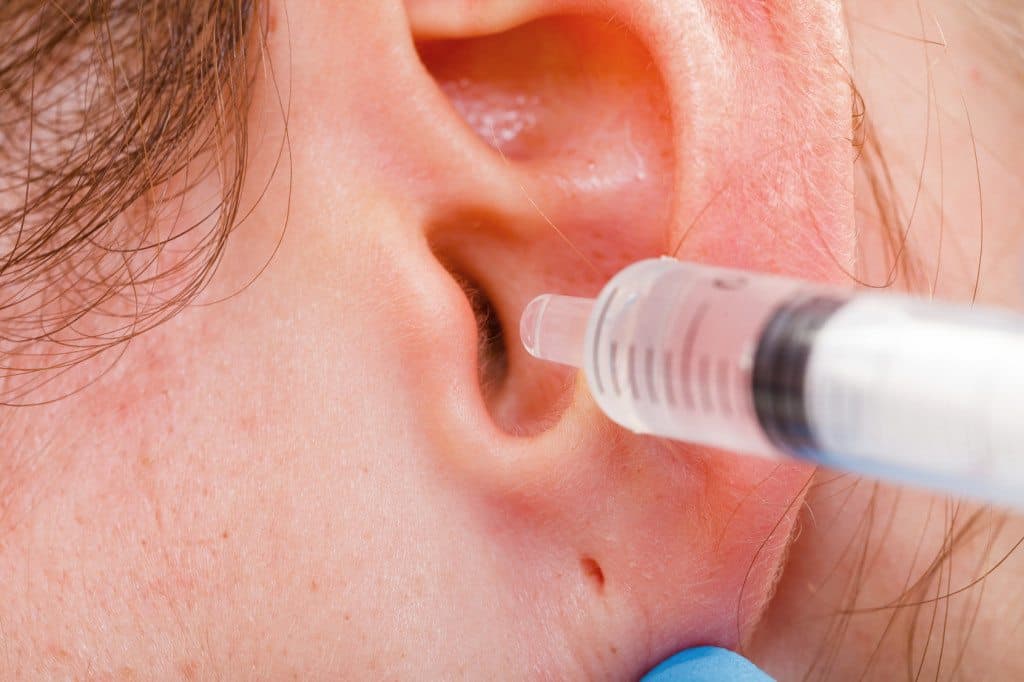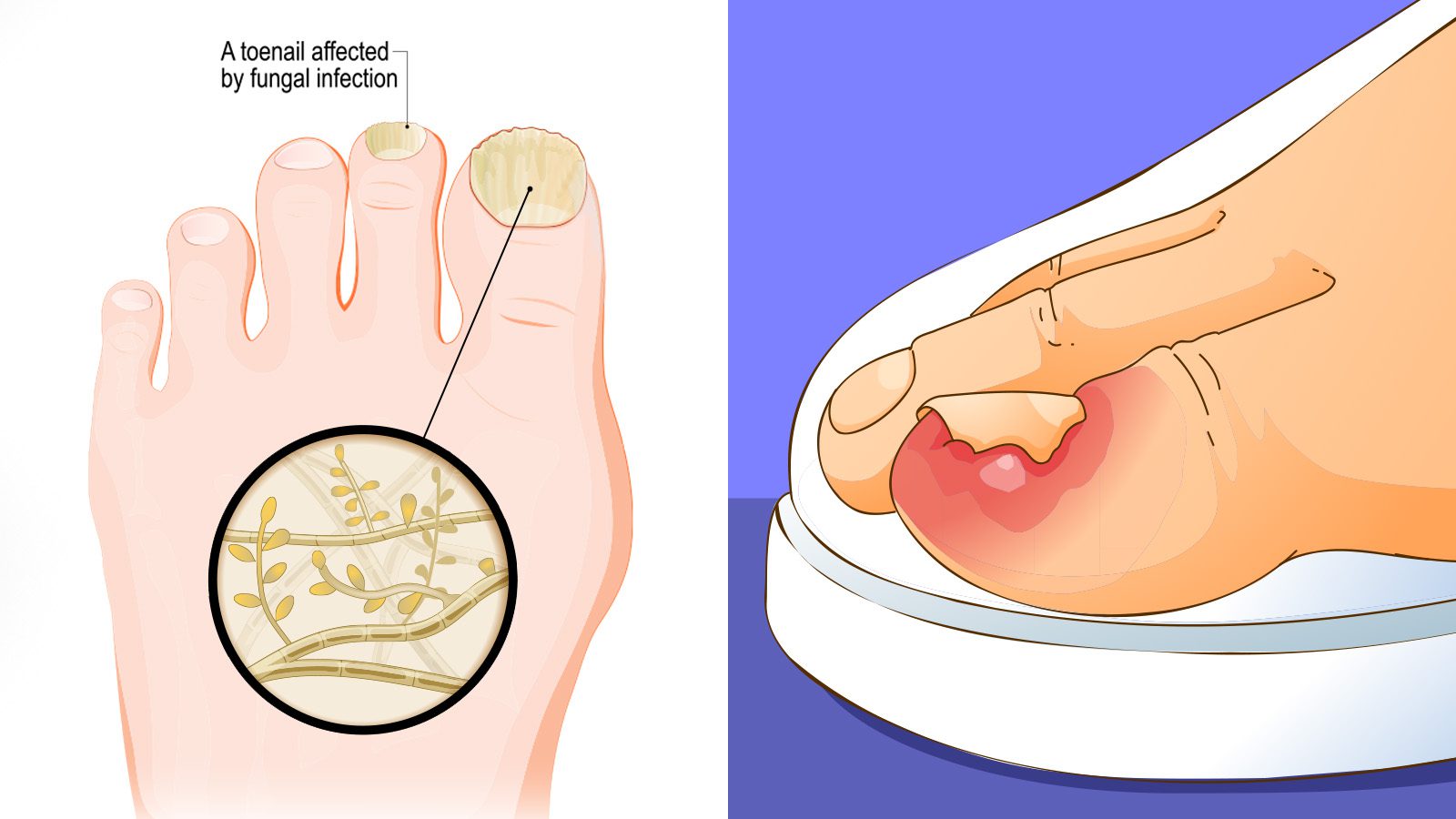Ear wax is a completely natural wax-like substance secreted by special glands in the skin on the outer part of the ear canal. Earwax assists in repelling water and trapping small dirt and dust particles from entering your inner ear canal.
When you think about it, it’s weird how much the “gross stuff” our bodies produce can tell us about our health. A saliva sample can detect anemia; feces can pinpoint various types of cancer; urine can detect problems of the bladder, kidney and prostate…and so on. Turns out that our earwax can also tell us quite a bit.
First, we’ll talk a bit about the stuff and why it’s there. Then we’ll discuss what earwax tells us our health.
What is earwax?
As its name implies, earwax is a yellow waxy secretion of the ear. It is produced by the cerumen (suh-roo-mun) glands underneath the skin of the external ear canal (the part located between the fleshy and middle parts of the ear).
When most of us think of earwax, we just think of it as some nasty byproduct that needs a cotton swab once in a while. Actually, earwax is quite important. In fact, it serves these roles:
- Moisturizes and protects the skin.
- Prevents dry, itchy ears, especially within the ear canal.
- Contains chemicals that ward off potential ear infections.
- Helps prevent damage to the ear drum by suppressing outside noise.
- Traps dirt, dust, and other foreign agents that enter the ear canal.
What Does Your Earwax Reveal About Your Health?
The color and consistency of earwax (as with the other “gross stuff”) is important. As with pee, poop, and spit, earwax should appear and feel a “certain” way. With that in mind, if your earwax looks like this…it may mean this…
1. It’s dry or sticky
This one is kind of cool, and it’s less about health than it is about genetics (though the two aren’t always mutually exclusive.) In an article published in the journal Nature Genetics, researchers discovered that the consistency of our earwax can clue us in on our ancestry. More specifically, the climate (thereby, location) in which our ancestors lived.
The authors explain: “Human earwax consists of wet and dry types. Dry earwax is frequent in East Asians, whereas wet earwax is common in other populations.” It all depends on the ABCC11 gene, which has a dry consistency. This gene increases according to geographic location, observed as a “north-south and east-west” downward trend.
2. It’s absent
If you notice an almost complete lack of earwax, which is usually noticeable when trying to clean your inner ear, there’s probably not much to worry about. However, it feelings of pain or stuffiness are present, it could indicate a rare condition known as “keratitis obturans.” This condition causes a hard buildup of wax deep within the ear canal.
As a precaution, it may be worth taking a trip to a family physician (FP) or an ear specialist – an otolaryngologist.
3. It’s leaking
When debris accumulates within the ear canal, it usually discharges through natural mechanisms or cleaning of the ear canal. When this debris noticeably leaks from the ear, it may indicate an abnormal skin growth called “cholesteatoma.”
Other symptoms of this condition include feelings of pain or pressure within the ear. These symptoms result from a “cyst-like” growth creating pressure within the canal.
It’s a good idea to see a specialist or FP in this case.
4. It’s scaling or flaky
This is no big deal, really. As with many other glands, the cerumen loses moisture as it ages. As a result, our earwax will also scale or flake.
Chalk it up to getting older.
5. It’s quite pungent
Earwax that gives off a strong and nasty odor may indicate either damage or infection in the middle part of the ear. The medical terminology for symptoms resulting from a damaged or infected middle ear is “otitis media.”
Aside from some nasty smelling earwax, you may notice some other symptoms of (acute or chronic) otitis media, including: fever, earache, fatigue and/or hearing loss.
The good news: most symptoms of acute otitis media will reside within a couple of days. However, it is advisable to seek medical attention if there is no noticeable sign of improvement.
6. It’s green and watery
There are one of two reasons why your earwax appears green and watery. First, if you’ve been sweating for any reason (e.g. exercise), it’s natural for the perspiration to make its way into the ear canal and mix with the wax, resulting in a watery, green discharge.
Or, you have an ear infection. Aside from a greenish tint, an ear infection may produce a lovely dark yellow liquid mixture. Here’s another time when it’s probably a good idea to see the doc.
















